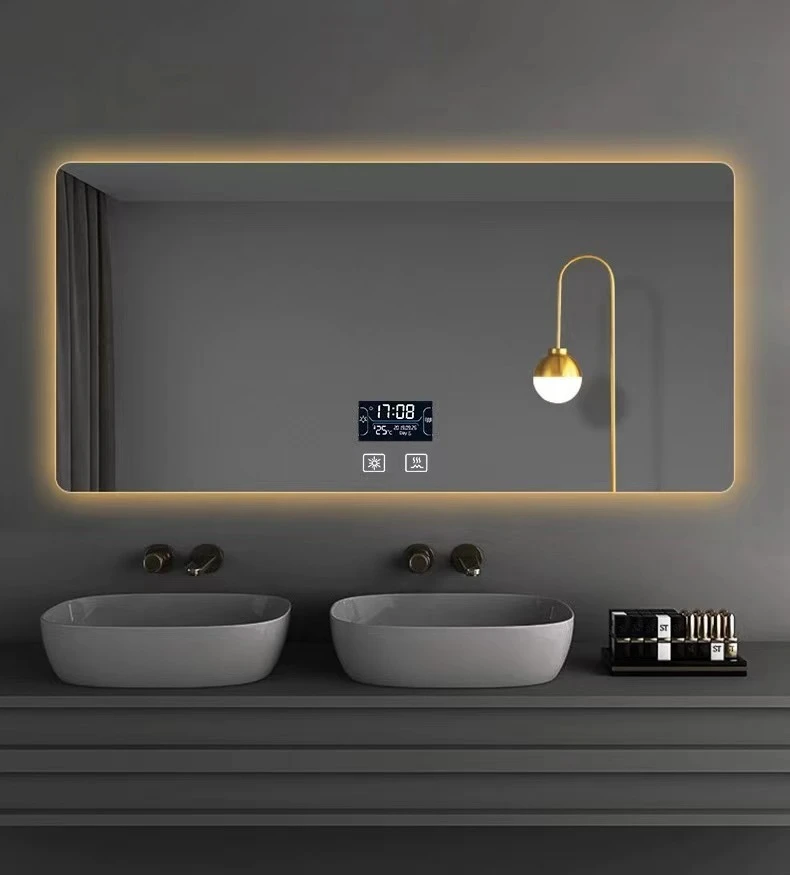

The Advantages and Applications of Low-E2 Glass
In today's world, energy efficiency is more crucial than ever. One of the innovative solutions that has emerged in the realm of architecture and construction is Low-E2 glass. Short for low emissivity glass, Low-E2 glass has been specifically engineered to minimize the amount of ultraviolet and infrared light that comes through it without compromising on the amount of visible light transmitted. This remarkable property offers several advantages, making it an increasingly popular choice among builders, architects, and homeowners alike.
The Advantages and Applications of Low-E2 Glass
Furthermore, Low-E2 glass plays a critical role in enhancing indoor comfort. Because it allows natural light to penetrate while blocking excessive heat, spaces remain bright and pleasant without the need for artificial lighting. This natural illumination not only enhances mood and productivity but also adds to the aesthetic appeal of a building. Consequently, many offices, schools, and homes are implementing Low-E2 glass to create more inviting and comfortable environments.

Another significant advantage of Low-E2 glass is its protective qualities. The coating on Low-E2 glass not only reduces glare but also minimizes the fading of furniture and décor by filtering out harmful UV rays. This protection extends the lifespan of interior furnishings and artworks, preserving their vibrancy and value over time.
The applications of Low-E2 glass are vast and varied. It can be utilized in windows, skylights, and facades, making it suitable for both residential and commercial projects. As the demand for sustainable building materials continues to grow, Low-E2 glass stands out as a smart choice for architects striving to meet energy efficiency standards and create environmentally friendly structures.
In summary, Low-E2 glass offers an array of benefits that make it an excellent choice for modern construction. With its energy-saving properties, enhanced comfort, and protective features, it not only meets the practical needs of buildings but also aligns with the global push toward sustainability. As we look towards a greener future, Low-E2 glass represents innovation at its finest—transforming how we think about windows and their role in our living spaces.